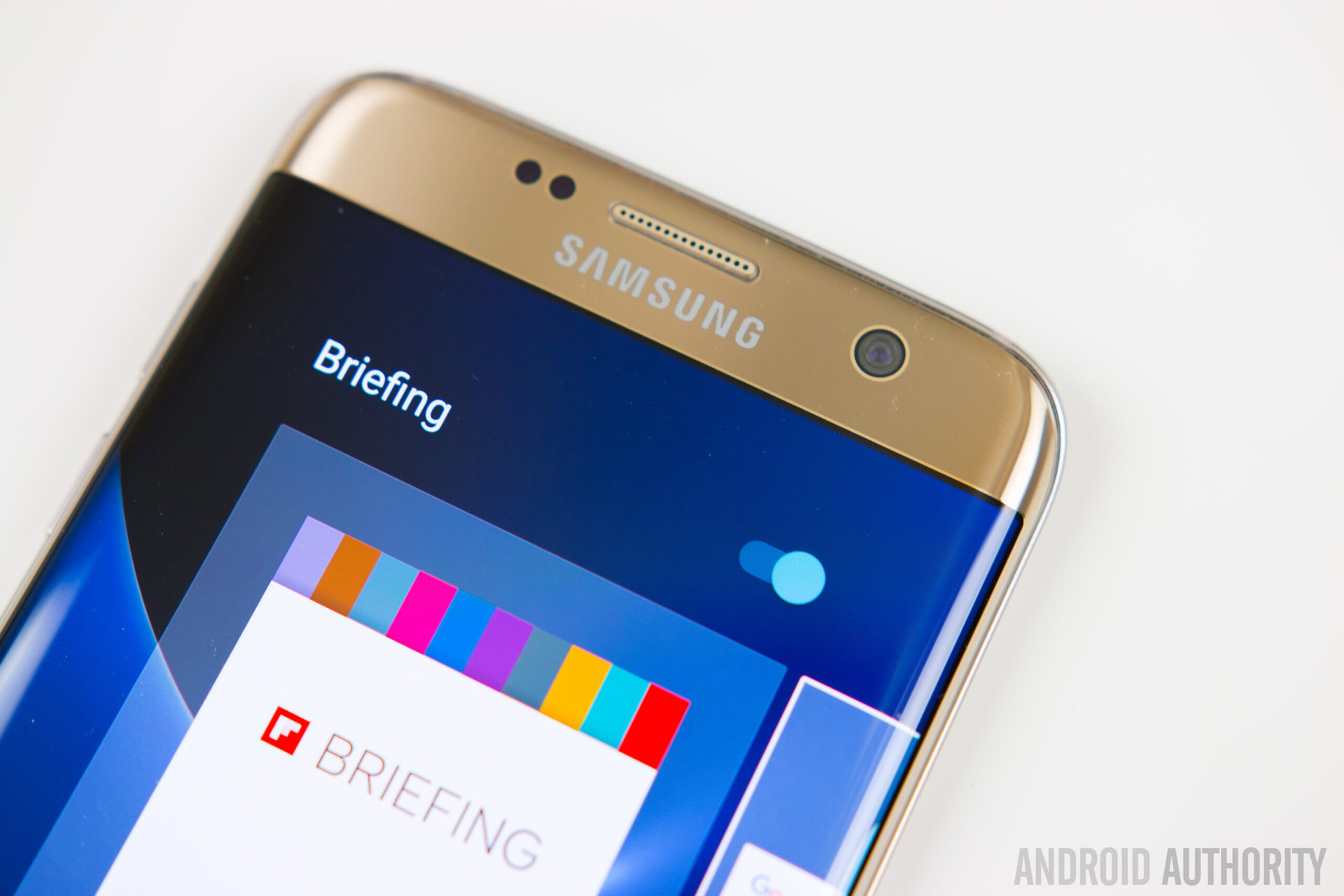Affiliate links on Android Authority may earn us a commission. Learn more.
Samsung Display loses market share to Taiwanese rivals

Samsung Display has been losing ground to rival Chinese and Taiwanese panel competitors throughout the first quarter of the year, according to recent reports, particularly when it comes to large panel sales.
The latest report suggests that Samsung Display slipped into fifth place in the global market, with its share falling to 14.5 percent in Q1 2016. Meanwhile, rival LG Display retained its position at the top with a 24.3 percent share of the market for panels above 9-inches in size. China’s BOE, Taiwan’s AUO and Innolux now fill in the spaces between the two more household names. Samsung also fell to the third position for the first time in the overall large LCD panel market, behind Innolux.
The consensus is that transitioning over to new LCD panel production processes is causing issues for Samsung Display’s yield rates. But given the competitive nature of the market, Samsung needs to continually improve its display technology for the likes of SmartTV and laptop computers.
Recent related reports also suggest that Samsung Display is planning to invest in larger OLED panel production, and is in the final stages of testing its eighth generation OLED designs. However, the company doesn’t appear to be investing in the idea particularly heavily, with only two to three trillion Won ($1.74-$2.61 billion) set aside for the initial costs.

Samsung appears to be suffering particularly from the falling demand for large sized monitors and notebooks. As a result, the company is said to be gradually withdrawing from the LCD market and will be closing down its fifth-generation production line in China at the end of the year, which will result in the closure of five of its eight LCD production lines.